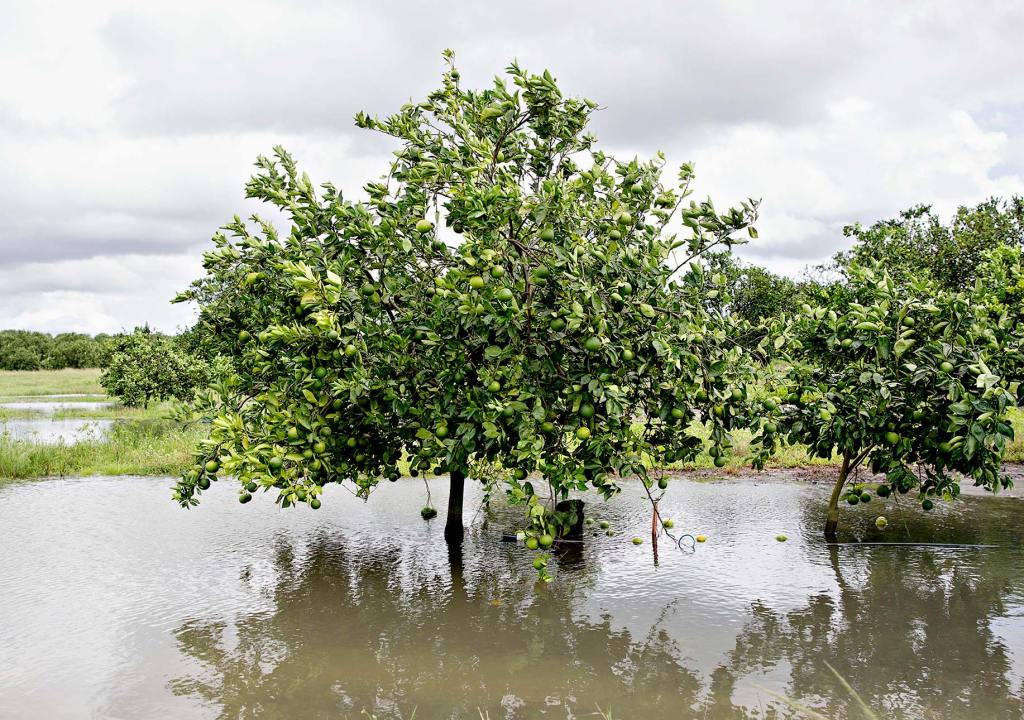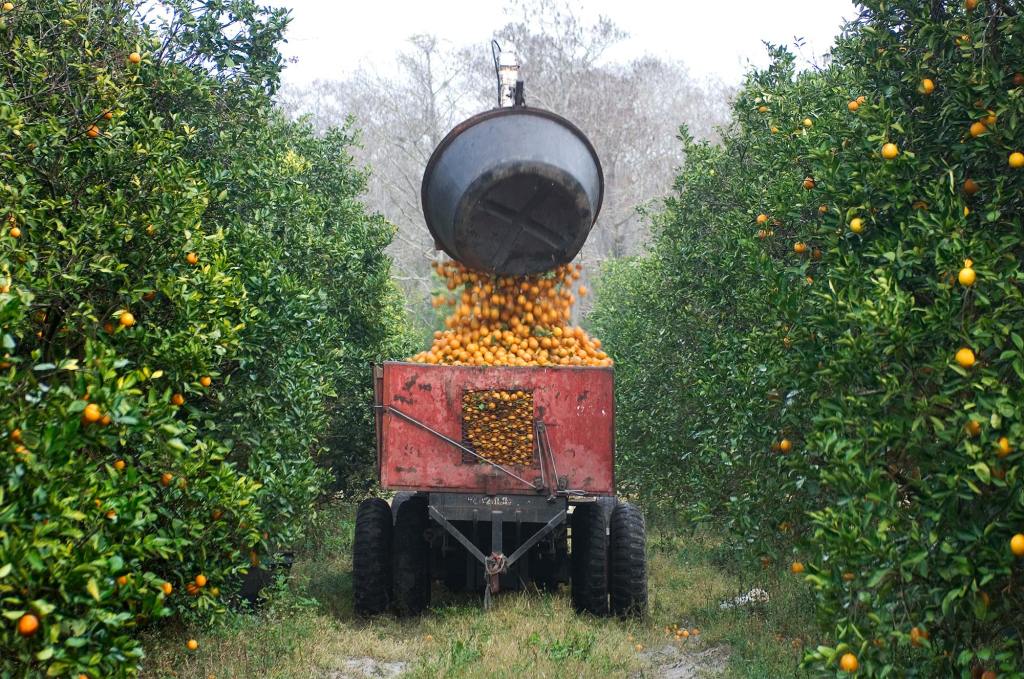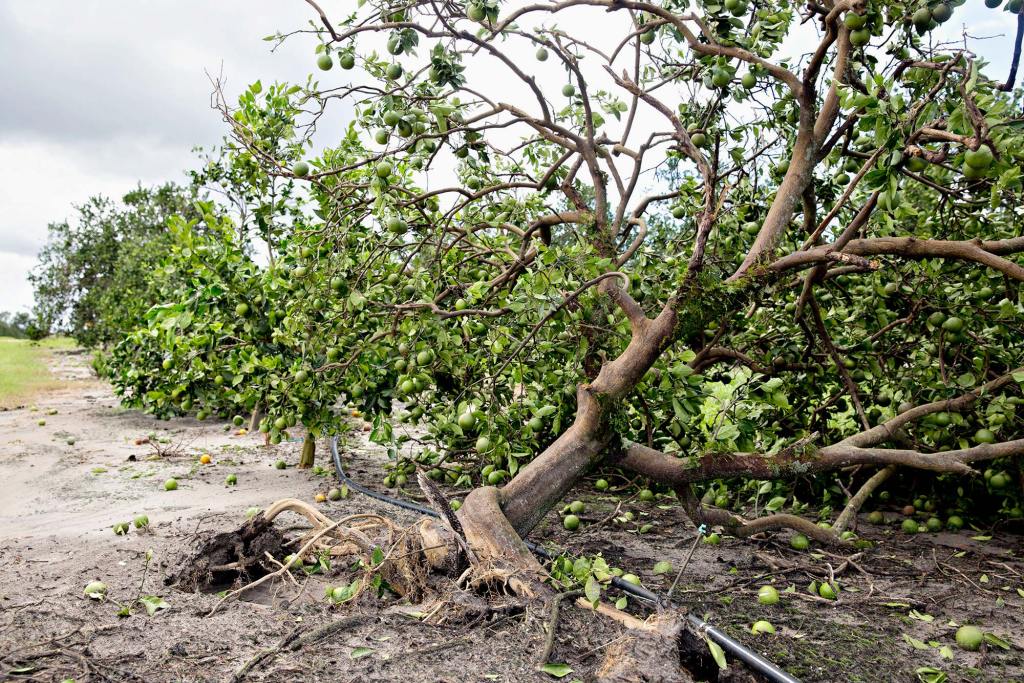The Price of Produce

Next time you’re in the grocery store, check the price of a gallon of orange juice. Understanding its cost takes you on a journey around the globe.
Americans drink 20 million gallons of orange juice each year. Its price fluctuates widely. Why does orange juice or a chocolate bar or a cup of coffee cost what it does? And why do those prices go up and down? The answer to both questions is economics.
Economics is the study of how goods and services are produced, distributed, paid for, and consumed. Services include activities and events, like a haircut or train ride. Goods are things you can hold. And goods that are raw materials—like oranges, the cocoa beans used to make chocolate, and metals, like copper and silver—are called commodities.
For the rest of your life, you’ll decide when to buy things based on their price. Is that price low or high? Is now a good time, or should you wait for a sale? We can learn a lot about prices by looking at commodities. Let’s talk about orange juice.

GOOD TIMES A tractor is loaded with healthy, ripe oranges.
JOHN COLETTI—GETTY IMAGESLet's Start In Florida
Farmers picking oranges are paid for every gallon of juice the fruit will produce. The price changes based on supply (how much is available) and demand (how much people want it). About half the orange juice we drink in the U.S. comes from Florida. At the end of August 2017, farmers were getting $1.33 per gallon of juice. But on September 10, Hurricane Irma hit. The storm destroyed 30% of the orange crop. Fewer oranges lead to an increase in the farmers’ price per gallon to $1.65. That’s almost 25% higher!
Next, Let's Look At Brazil
Did everyone have to pay 25% more for orange juice in the grocery store? Not necessarily. Florida isn’t the only place that grows oranges. Brazil grows even more of them. Brazil got a lot of rain and had a terrific growing season. Because of this, overall orange supply wasn’t hurt.

BAD TIMES This orange tree in Frostproof, Florida, was uprooted by Hurricane Irma
BLOOMBERG/GETTY IMAGESAdd It All Up, What Do You Get?
So where did the farmers’ price of orange juice land? By the end of 2017, it was back down to $1.39 per gallon. That was the result of more oranges from Brazil, consumers not wanting to pay more, and the damage in Florida not being as bad as original estimates. In December, wildfires hit California. The fires damaged hundreds of thousands of acres of lemons. If anyone asks you why lemonade seems to be more expensive than usual, you’ll be able to tell them why. —By Hayden Field
Cost of Production
Another big factor that affects the price of your favorite things is the cost of making them. Whether you’re producing orange juice or creating a new robotic toy, you have to think about the cost of the materials, labor, machinery, and tools you’ll need. And costs for labor and transportation go up for each additional person in the chain that handles a product.
On the other hand, if someone invents a new, easier, or cheaper way to make something, the price of that item goes down across the board. One great example from economic history is aluminum. It used to be so expensive that a king would eat his meals on an aluminum plate while his courtiers used silver plates, says David Weil. He teaches economics at Brown University, in Providence, Rhode Island. Then, in the 19th century, a new and inexpensive way to refine aluminum was invented. Now the metal is relatively cheap, and we buy it in rolls to wrap up our leftovers.








